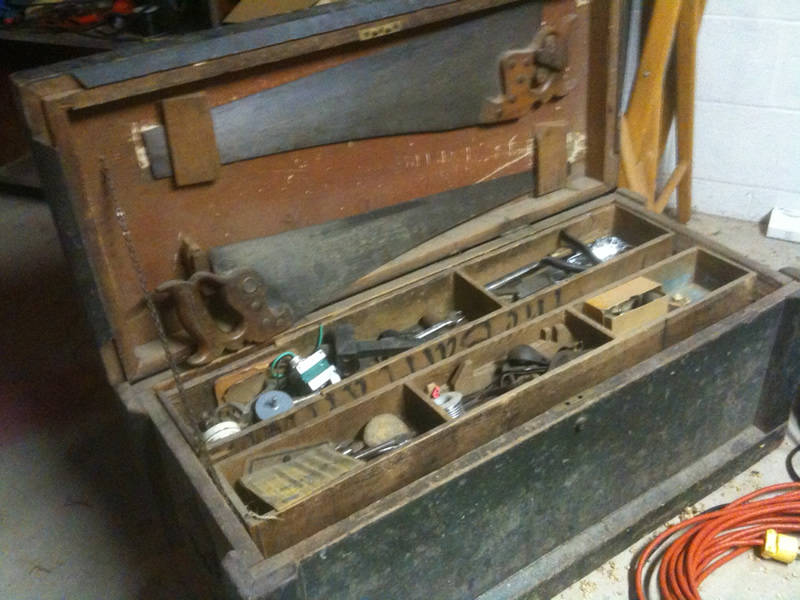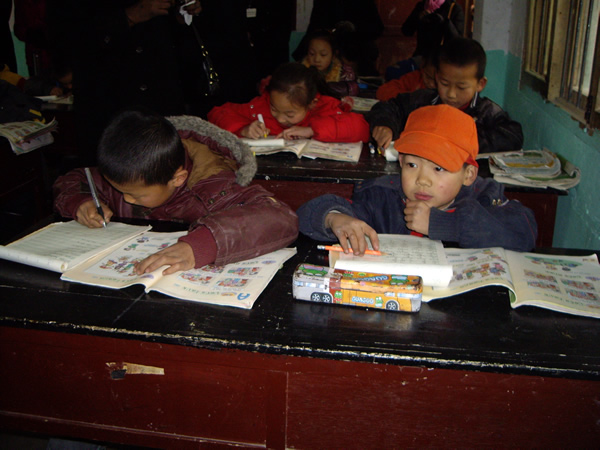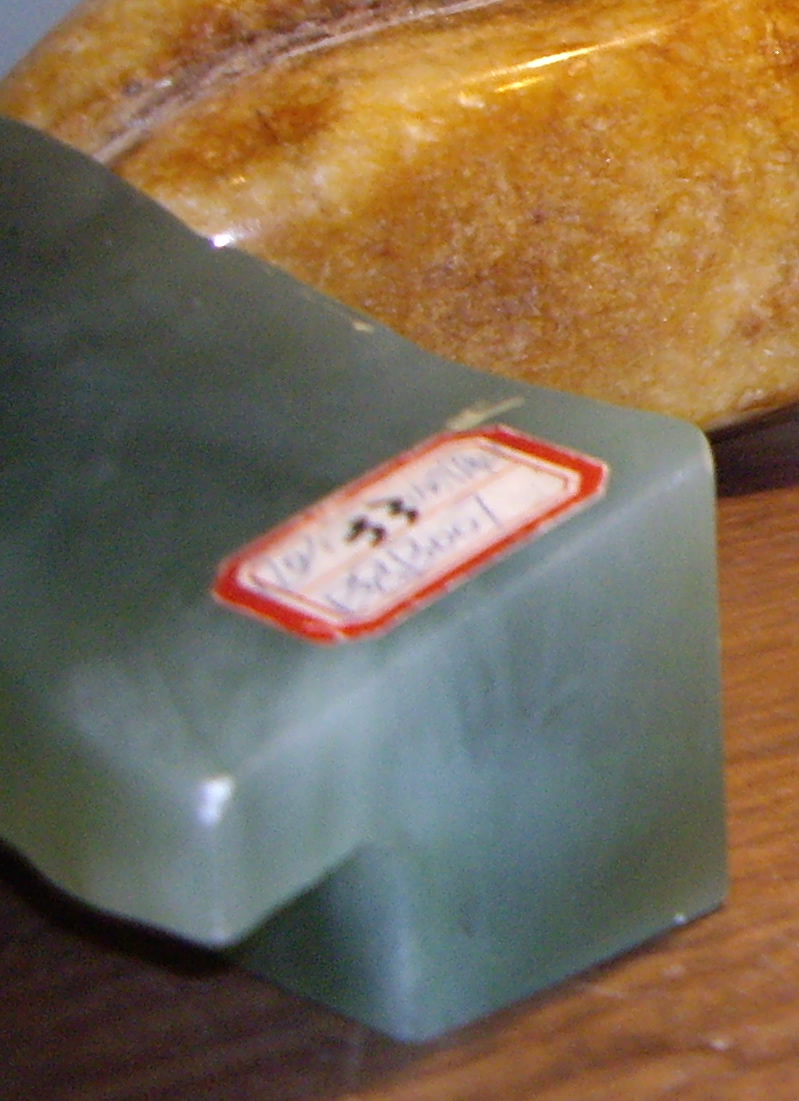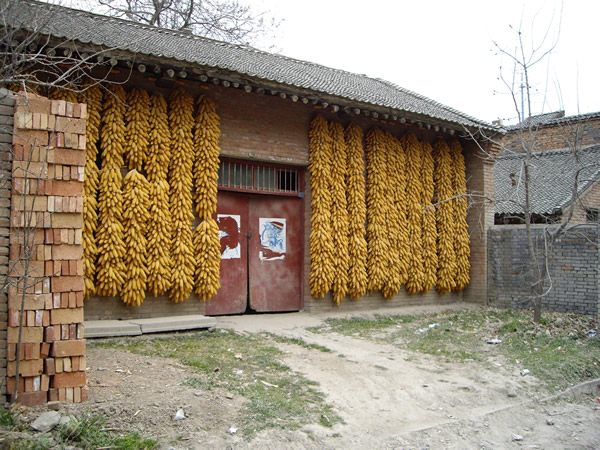Thankful Fridays 4: Trivial (but useful) tricks
I am always grateful for things that save me time or help me find things. In the spirit of sharing, I am passing along tricks that I am grateful to know, discoveries that make my life just a little easier. I show my gratitude by paying them forward.
1. I am thankful for four email accounts, not beause I like reading that much email but because this system keeps things sorted into the right “box”:
- personal/home email
- work
- shopping/travel (includes mileage programs, coupons, saver clubs, etc). All the shopping junk emails and coupons stay in this box!
- memberships (things I subscribe to or join, including web-based or cloud services). This one gets email subscriptions, wiki-Twitter-blog notifications, etc. I use the same info to set up usernames and PW on all these tools (see below re risky business).
I created the three non-work email accounts using “names” to remind me of their purpose. Fake person for memberships = my son’s childhood imaginary friend. I use it to join the zillions of web tools where I “belong” and use the same password for all, assuming they are not really important stuff. I ask myself whether I would care if I lost my work there. If so, I change to a second, more secure password. NONE of these emails uses the same password. Risky business: My financial sites have their very own, secure membership and passwords, not my general “memberships” log in.
 2. I am thankful for color coding. I use it in my email inbox (both colored flags and colored highlighting). I use it on files in the Finder [that’s My Computer in WinSpeak] or folders on my desktop. I use it within documents as part if the writing process (green is OK, orange means needs to be revised, etc). I color code to show steps in a process, sort items on a to-do list, and to designate or sort sticky notes on my Chrome app home page. I cannot live in black and white.
2. I am thankful for color coding. I use it in my email inbox (both colored flags and colored highlighting). I use it on files in the Finder [that’s My Computer in WinSpeak] or folders on my desktop. I use it within documents as part if the writing process (green is OK, orange means needs to be revised, etc). I color code to show steps in a process, sort items on a to-do list, and to designate or sort sticky notes on my Chrome app home page. I cannot live in black and white.
3. I am thankful for using Rename to make space on my links bar and add hints to my Bookmarks/Favorites. I right click and rename to give myself hints about log-ins and passwords without actually showing them. I might say PW= usu to indicate use the usual password or usu+BD for usual password plus a birthdate. I also shorten the full site name that appears on a bookmark automatically to make room on my links bar: TF for TeachersFirst, for example.
4. I am thankful for meaningful file names. If I cannot figure out what it is without opening it, I have failed. I rename it…. and maybe color code it, too.
5. I am thankful for Command (Ctrl) + F. I can find things in almost any program or web page. I can hit enter to see all the instances of the same word in a piece of writing so I can improve my word choices. I can find a student name in an Excel workbook with 50 spreadsheets. I can find a certain passage in a long online text, such as a quote within a scene of Shakespeare (when all I know is the act: scene ) or a word in a transcript of a debate. Sometimes I wish I could hit Command+F to find my car keys or pool pass!
6. I am thankful for scheduling tweets. This may seem devious or deceptive, but it allows me to send timely tweets without completely sacrificing my personal life and well-earned leisure time. Hint: I am scheduling this post to show up online during a day off, and I can even schedule the tweet announcing it. I use Tweetdeck to schedule tweets when I cannot reasonably send them in real time or I am afraid I might forget to send one that is very important. I resist the urge to plaster the world with scheduled tweets like bird droppings. The auto-programmed tweet responses are bad enough!
I am thankful to have figured out or heard about these tips from others. I think of the dad in the original Cheaper by the Dozen, an “efficiency expert,” and I wonder what he would say about these tips and tricks of digital life. I hope they give you something to “thank” about.
















